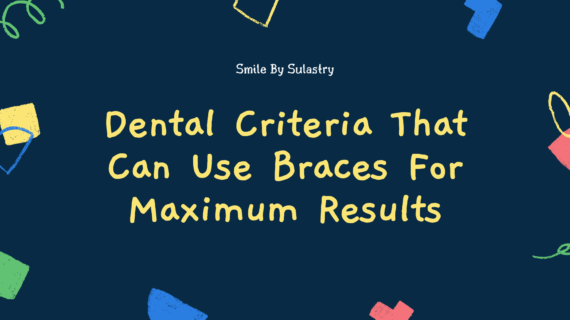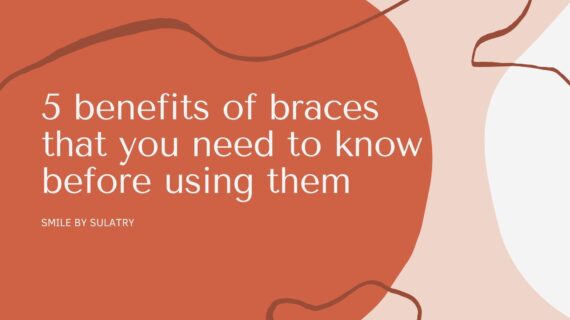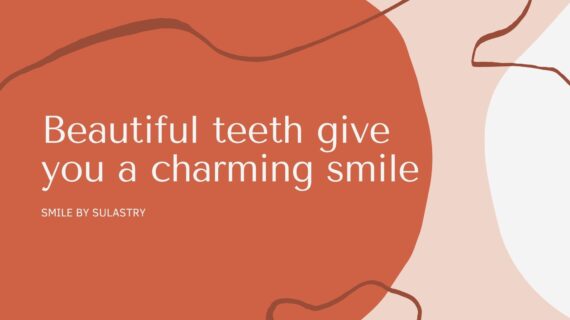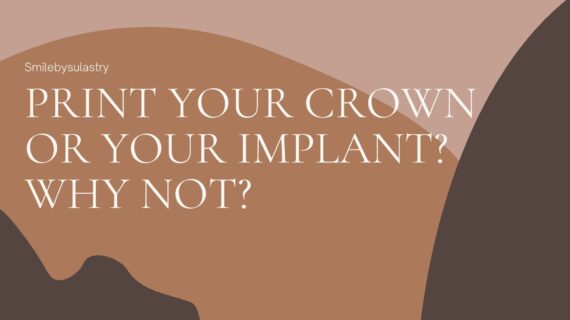Beautiful teeth give you a charming smile – The smile is the main part of the facial expression. Smiling can be done spontaneously, although sometimes a little forced. So, in order for our smiles to be perfect, healthy and charming, there are some main rules that must be followed. Bad speech by pulling the muscles at the corners of the mouth.
Quoted from kmbui.ui.ac.id That in the process of smiling and laughing, teeth are visible objects to those who see us. The yellowish-white color contrasts with the other colors of someone’s face. So how do you get a charming smile with beautiful teeth? This is inseparable from the bite and curvature of the teeth that the teeth have between the upper and lower jaws covering the condition
Smiling and laughing are the body’s natural responses to stimuli received by our sensory system. after the brain receives the signal and processes and orders the motor muscle movements of the body to respond. The muscles of the face move, the corners of the lips move upwards, followed by the appearance of teeth due to the open mouth or just a smile. Anatomically, the movement of the smiling lips forms an upward curving curve supported by the position of the teeth in our oral cavity.
In the process of smiling and laughing, teeth are visible objects for those who see us. The yellowish-white color contrasts with the other colors of someone’s face. So how do you get a charming smile with beautiful teeth? This is inseparable from the occlusion and curvature of the teeth that the teeth have between the upper and lower jaws, including the condition of the jaw (inter-arch) and jaw (intra-arch) although the definition is more often associated with the condition between the two jaws. The maxillary or maxillary jaw is static because the bony structure is attached to the skull bone, while the lower jaw is dynamic because it has a temporomandibular joint, allowing it to perform different directions of movement. this movement is what happens when we talk, open our mouths and laugh out loud. Beautiful teeth give you a charming smile
Occlusion between the good jaws according to dentistry, view of the position of the maxillary and mandibular molars, there are three types of occlusion proposed by Angle, namely the normal neutro-occlusion where the peak of the first protrusion is on the side of the lesions. first upper molars (mesiobuccal cusp M1) how many in the valley of the lower first molars (oral groove M1); disto-occlusion in which the upper jaw seems more advanced with the peak of the dorsal protrusion of the upper first molars (disto buccal cusp M1) in the valley of the lower first molars (oral groove M1); and mesio occlusion is a more advanced mandibular condition with the apex of the front protrusion of the upper first molars (mesiobuccal cusp M1) between the first and second molars (interdental M1 and M2). By evaluating this occlusion relationship, one can simply see whether a person has a good occlusion or a deviated occlusion. The examination can be continued by looking at the position of the jaw connection, namely the angular tracing on the x-rays, to see if the abnormality is from the position of our skull bones or from the position of the teeth alone.
In occlusion, the teeth were also seen in the arrangement of the same jaw. Displacement or rotation of teeth often occurs, usually due to imperfections caused by the extracted tooth or a hole in the side of the tooth causing movement. It is also necessary to check the direction of growth of wisdom teeth at the age of 18-21 as they tend to grow sideways which pushes the other teeth so that the arrangement of the dental arch becomes messy. In cases where the classification of the occlusion is normal, with a slightly irregular arrangement of the teeth, the treatment is not too difficult, using only loose braces. In patients diagnosed with occlusion deviations, or in patients diagnosed with occlusion irregularities, or in normal occlusion but the alignment of the teeth requires quite difficult maintenance, a printed orthodontic appliance is used (braces).
Maintaining and improving the occlusal relationship and the arrangement of the teeth will result in a better position of the teeth. Of course, this can add to the aesthetic value of a person, but not only looking at the relationship, the teeth must also be in optimal health. Maintaining optimal dental health will prevent the teeth from becoming cavities and having the correct color. Here are some tips that can be done to maintain the health and appearance of teeth.
1. Brush your teeth at most twice a day, especially in the evening before going to bed
The process of brushing teeth is essential for maintaining healthy teeth and mouth. Choose a toothbrush that is not too hard so as not to irritate the soft tissues of the oral cavity. Brushing your teeth will clean the surface of your teeth, debris and dental plaque, which can reduce bacterial colonization. The process of demineralization of the tooth surface by bacteria, because a lot of debris and sugar as substances necessary for bacteria cause cavities. The night before going to bed, brush your teeth as the time spent sleeping saliva is reduced (circadian rhythm) so that the self-cleaning effect is also minimal. Keeping teeth clean is an optimal step in maintaining dental health.
2. Use dental floss to clean the interdental area
Dental floss can be used to clean between teeth so that any stuck food can be lifted into the teeth with a clutter. cleaning the internal tooth area is also good for keeping the gums free from inflammatory reactions. Like plaque or stuck dirt is a foreign object that can cause inflammation of the gum tissue which is reddish and bleeds easily.
3. Drink plenty of water and eat fibrous foods Drinking water and consuming fibrous foods increases the water content of the body
Saliva that is not too thick will give a better cleaning effect on teeth and oral cavity. Drink water after consuming thick drinks such as milk, coffee, and tea. Coffee and tea contain dyes that can cause teeth to turn yellow, and drinking water can reduce this effect.
4. Check-up at the dentist
Be diligent in seeing the dentist at least every 6 months. under certain conditions, food waste can mineralize to form tartar (tartar). Tartar cannot be cleaned with the usual cleaning process but requires tools belonging to dentists
5. Stay confident and smile
The connection of the teeth can be improved, for example by using orthodontic tools, and the condition of the teeth can be treated by maintaining the health of the oral cavity. but the most important thing is to stay confident and love yourself the best you can. Beautiful teeth give you a charming smile
(https://kmbui.ui.ac.id/2015/06/gigi-indah-senyuman-menawan/)
Read another blog
A Panic Moment: Orthodontic Treatment Relapse!



